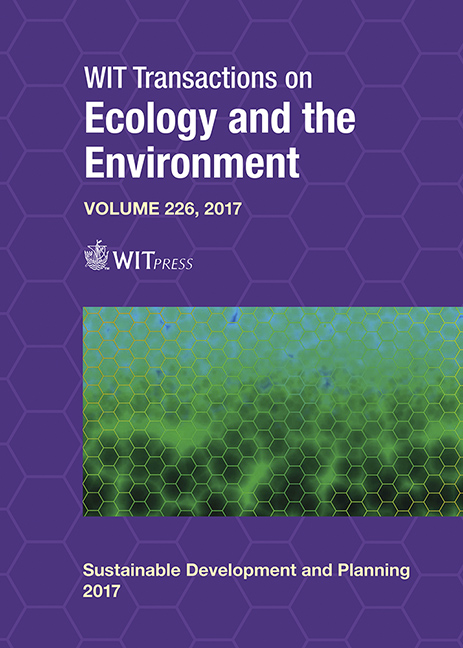CAREER GUIDANCE FOR THE STABLE PROFESSIONAL DEVELOPMENT OF ARCHITECTS
Price
Free (open access)
Transaction
Volume
226
Pages
9
Page Range
713 - 721
Published
2017
Size
383 kb
Paper DOI
10.2495/SDP170621
Copyright
WIT Press
Author(s)
TOPCHIY IRINA
Abstract
The process of architectural design brings together many people. An architect is the author of the project who is responsible for its result, including the stability of the spatial environment. This sets up exclusive requirements for the intelligence level, experience and professional training of architects. Schools of architecture involved in the recruitment and selection of the most talented graduates determine their participation in professional orientation, such as giving public lectures, the organization of festivals, and the creation of programs for the supplementary education of children and young adults. Participating in professional-orientation research laboratories within architecture departments allows students to learn new subjects and methods of scientific studies. Public engagement in education is a constant focus of concern for schools of architecture and strategies based on the provision of public interests. Upon getting an academic degree and entering the labor market, yesterday’s students had to single-handedly pursue a professional career. Not every architecture school graduate can use the knowledge they have gained; some need support and correction of the trajectory of professional development, and others even require a change of profession. Dropping out from architectural practice does not mean a loss of the knowledge gained. What can universities do to facilitate the creation of life and professional stability for graduates of architecture departments? The problem can be solved by studying the intellectual resources of universities, interdisciplinary and inter-subject relations and the experience of architects who have succeeded in overcoming professional crises. This theme is the subject of study in this paper. The second theme issuing from the first one is concerned with the possibility of joining together public efforts in the creation of a stable spatial environment with the participation of “former” architects.
Keywords
stable professional development, career guidance of architects, continuous architectural education





